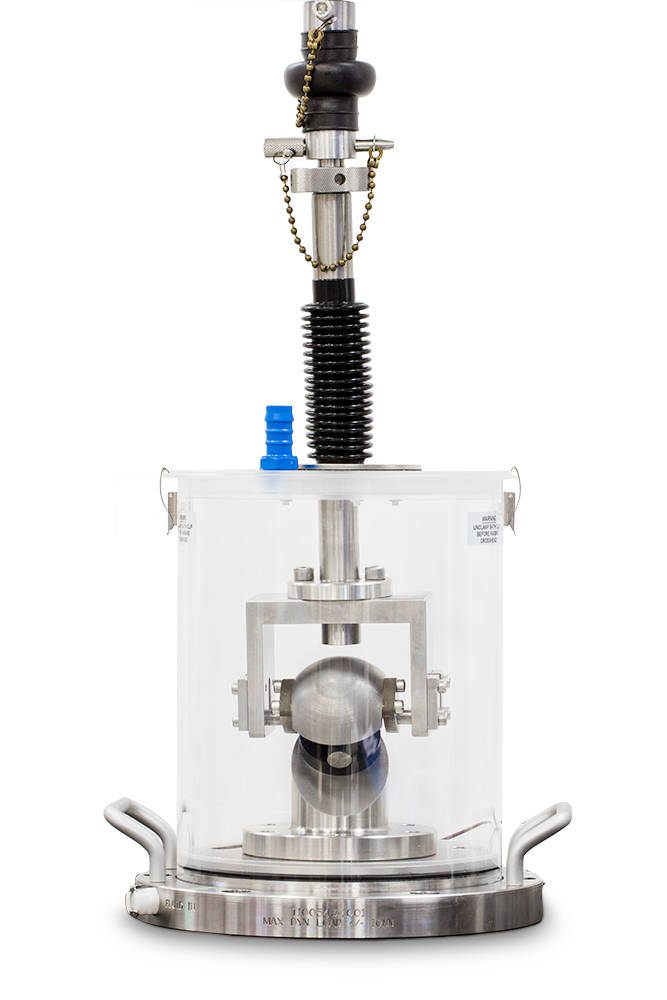ASTM F2267 Evaluating Spinal Intervertebral Body Fusion Devices Under Axial Compression
The challengeFollowing disc degeneration, intervertebral body fusion devices can be used to help promote arthrodesis of a spinal motion segment. The medical device acts as a support of the anterior column while the two vertebral discs grow together and fuse the spine. Intervertebral Body Fusion is a more widely used technique than that of Intervertebral Disc replacement.

ASTM F2267-04 “Standard Test Method for Measuring Load Induced Subsidence of Intervertebral Body Fusion Device Under Static Axial Compression” specifies a static axial-compression test carried out in vitro to provide a mechanical comparison between different fusion implants. Testing is carried out with both metallic blocks and polyurethane blocks.
The tests can be carried out on a universal testing system with the moving actuator above in the upper crosshead. However, we recommend the use of either an ElectroPuls® E10000 Linear-Torsion All-Electric Dynamic Test Instrument or an 8874 servohydraulic testing system. These systems allow specialized test fixtures to be combined with a temperature controlled bath, which provides a stable environment for simulation of in vivo conditions. Our testing systems also allow mounting of the Dynacell™ load cell on the end of the moving actuator to accurately measure the subsidence forces.
Review details of static, fatigue, and characterization tests for intervertebral body fusion devices as specified in ASTM F2077.
We recommend that you review the standard to fully understand its requirements.
RELATED CONTENT